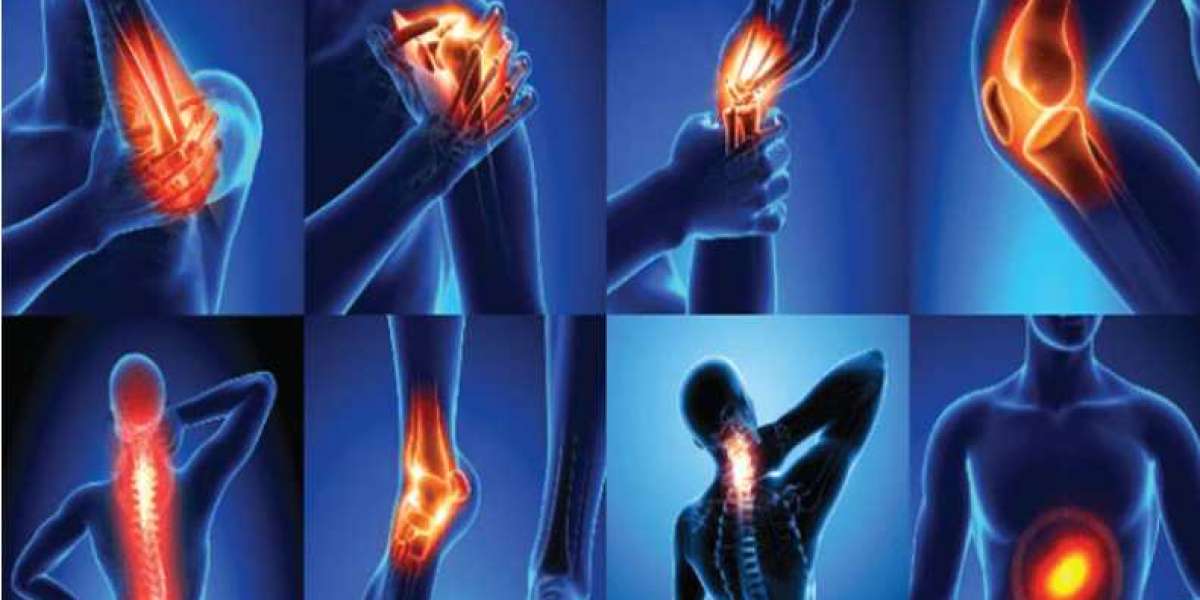Packaging plays a vital role in protecting products, improving efficiency, and ensuring smooth delivery. For businesses, the right packaging process can make the difference between a satisfied customer and a costly mistake. Allpack Packaging Technologies is dedicated to providing innovative solutions that make packaging easier, safer, and more efficient. In this beginner-friendly guide, we’ll take you through the step-by-step packaging process using advanced tools like packaging machines, pallet wrapping machines, and strapping machines.
Why Packaging Matters in Modern Supply Chains
Before diving into the steps, let’s understand why packaging is so important. Packaging isn’t just about putting products in boxes—it’s about creating a protective barrier that ensures items arrive intact. With increasing global trade and e-commerce growth, companies must rely on smart packaging and supply strategies to save time, reduce costs, and protect their reputation.
Moreover, automated packaging machines reduce manual effort, speed up operations, and guarantee consistency. This is where Allpack Packaging Technologies excels—providing state-of-the-art equipment tailored to different industries.
Step One: Product Preparation
Every packaging process begins with proper product preparation. This step involves inspecting the items, ensuring quality control, and categorizing them for packaging.
Check product quality: Only defect-free items should move forward.
Sort items accordingly: Products may be grouped based on size, weight, or fragility.
Label or barcode items: This step improves tracking during shipping.
At Allpack, advanced sorting systems integrate seamlessly with packaging machines, reducing errors and improving accuracy.
Step Two: Choosing the Right Packaging Material
Selecting the right packaging material is critical. Businesses must consider factors like durability, product type, and shipping distance. Common options include:
Corrugated boxes: Lightweight yet strong.
Plastic film and shrink wrap: Ideal for bundling.
Straps and bands: Provide extra strength during shipping.
Pallet wraps: Stabilize bulk shipments.
By combining quality materials with Allpack’s pallet wrapping machine, products remain secure during transit. This ensures shipments withstand handling, stacking, and long journeys.
Step Three: Automated Packaging Machines in Action
Now comes the core of the process—automated packaging. Instead of relying on manual labor, modern companies use packaging machines to pack products efficiently. These machines can perform multiple tasks, such as:
Filling: For liquids, powders, or granules.
Sealing: Ensuring airtight protection.
Wrapping: Covering items in protective film.
Labeling: Applying product information clearly.
Automation brings speed, precision, and consistency. Allpack’s packaging solutions can handle both small and large-scale operations, reducing downtime and human error.
Step Four: Securing Shipments with Strapping Machines
Once products are packaged, they need to be secured—especially for bulk orders. This is where the strapping machine comes in. Strapping involves binding packages together using plastic or steel straps.
Benefits of strapping include:
Preventing products from shifting during transport.
Reinforcing boxes for added strength.
Making handling easier for workers.
With Allpack’s high-performance strapping machines, companies achieve reliable tension and seal quality, ensuring products arrive safely.
Step Five: Palletizing and Wrapping
For businesses dealing with large shipments, palletizing is essential. Products are stacked on pallets for efficient loading and transportation. However, without proper stabilization, pallets can collapse during transit.
This is where the pallet wrapping machine plays a crucial role. It tightly wraps pallets in stretch film, ensuring:
Stability during storage and shipping.
Protection from dust, dirt, and moisture.
Reduced risk of damage and returns.
By integrating pallet wrapping with strapping, businesses achieve maximum safety and efficiency.
Step Six: Quality Check and Dispatch
The final stage involves a thorough quality check before dispatch. Trained staff or automated systems verify that packaging is secure and labeling is accurate. After passing inspection, shipments are ready to be dispatched to customers.
Allpack supports this process by offering reliable packaging equipment that streamlines both quality control and logistics, ensuring timely deliveries.
8. Best Practices for an Efficient Packaging Process
To make the most out of your packaging and supply process, follow these best practices:
Automate whenever possible: Machines increase efficiency and reduce human errors.
Use eco-friendly materials: Sustainable packaging improves brand image.
Train your staff: Proper handling ensures smoother operations.
Regularly service your machines: Prevents downtime and costly repairs.
With Allpack’s wide range of packaging solutions, businesses can implement these practices easily and effectively.
(FAQs)
Q1: Why should I use a strapping machine instead of manual strapping?
A strapping machine ensures consistent tension and stronger seals, reducing risks of damaged goods during shipping. It also saves time compared to manual methods.
Q2: How does a pallet wrapping machine improve efficiency?
It secures loads quickly, reduces film wastage, and provides uniform wrapping. This not only saves material costs but also ensures product safety.
Q3: Are packaging machines suitable for small businesses?
Yes, Allpack offers packaging machines designed for both small and large businesses. Even small companies benefit from automation by improving speed and professionalism.
Q4: Can I use eco-friendly materials with automated machines?
Absolutely. Many modern machines, including those from Allpack, are compatible with recyclable and biodegradable materials.
Q5: How often should packaging machines be maintained?
Routine maintenance depends on usage, but most machines should be serviced every few months to prevent breakdowns.
Conclusion:
Packaging doesn’t have to be complicated. By following a clear process—from product preparation to pallet wrapping—you can protect your products and optimize your supply chain. With Allpack Packaging Technologies, businesses gain access to top-quality packaging machines, strapping machines, and pallet wrapping machines designed to make operations smooth, efficient, and reliable.
Whether you’re a small business or a large enterprise, investing in the right packaging technology today will save you time, money, and headaches tomorrow.













